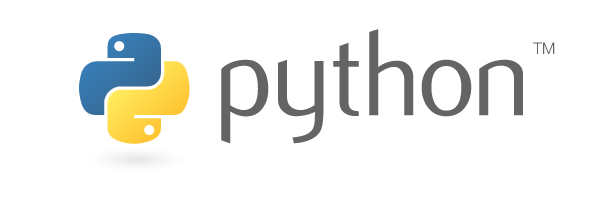Python dependency management is a hot mess. You install packages with pip, create environments with virtualenv, and track versions in requirements.txt. When something breaks, you have no idea which tool fucked up.
Pipenv combines all three tools into one. It creates environments automatically, installs packages, and generates lock files so everyone on your team gets the same versions.
Why Everything's Broken
Ever had code work on your machine but fail in production? That's because pip installs whatever version is latest, not what you tested with. Your package versions drift apart over time.
Here's the pain:
## Your laptop
pip install requests # Gets requests 2.28.1
## Production server (3 weeks later)
pip install requests # Gets requests 2.31.0, breaks everything
Pipenv generates Pipfile.lock with exact versions and checksums. Your production environment gets exactly what you developed with. No more "must be an environment thing" bullshit.
How It Actually Works
Pipenv's Three-Step Process:
When you run pipenv install requests, three things happen:
- Creates a virtual environment (if none exists)
- Installs requests and updates Pipfile
- Locks exact versions in Pipfile.lock
The Pipfile is human-readable. The lock file is machine-generated with cryptographic hashes. Never edit the lock file manually or you'll break everything.
The Pain Points Nobody Mentions
Pipenv is slow as hell. Takes 8+ minutes on large projects, sometimes way longer if the dependency resolver gets confused and gives up. I lost an entire Saturday when it timed out after 30 minutes trying to resolve TensorFlow 2.13.0 conflicts. Turned out numpy 1.24.0 and scipy 1.10.0 were fighting over some ancient C library version nobody gives a shit about.
Windows is a nightmare. Path length limits will fuck you - pipenv environments get nested so deep they exceed Windows' 260 character limit. PowerShell execution policies will fuck you. Docker Desktop randomly stops working with Pipenv after every Windows update and nobody knows why. If it suddenly breaks for no reason, restart and pray.
Memory usage is absolutely bonkers. I watched htop hit 3.2GB RAM just installing Flask 2.3.2 and SQLAlchemy 2.0.19. Had to kill Chrome and Slack to keep my laptop from dying. On a 4GB machine, forget about doing anything else. The resolver gives up and takes your CPU with it.
When It's Actually Worth the Pain
Look, despite all the bitching above, Pipenv does fix real problems:
- Eliminates "works on my machine" issues
- Prevents supply chain attacks with hash verification
- Automatically manages virtual environments
- Integrates with .env files for configuration
If you're building anything that goes to production, the reproducible builds alone make the slow installs worth it. Just don't expect it to be fast.

